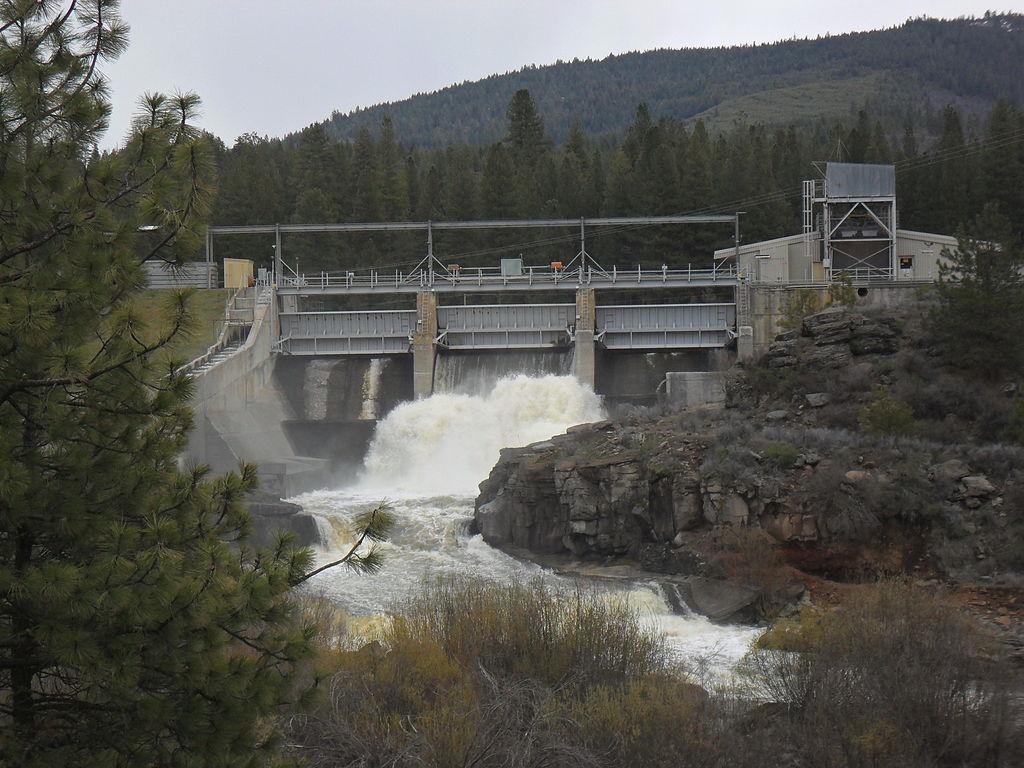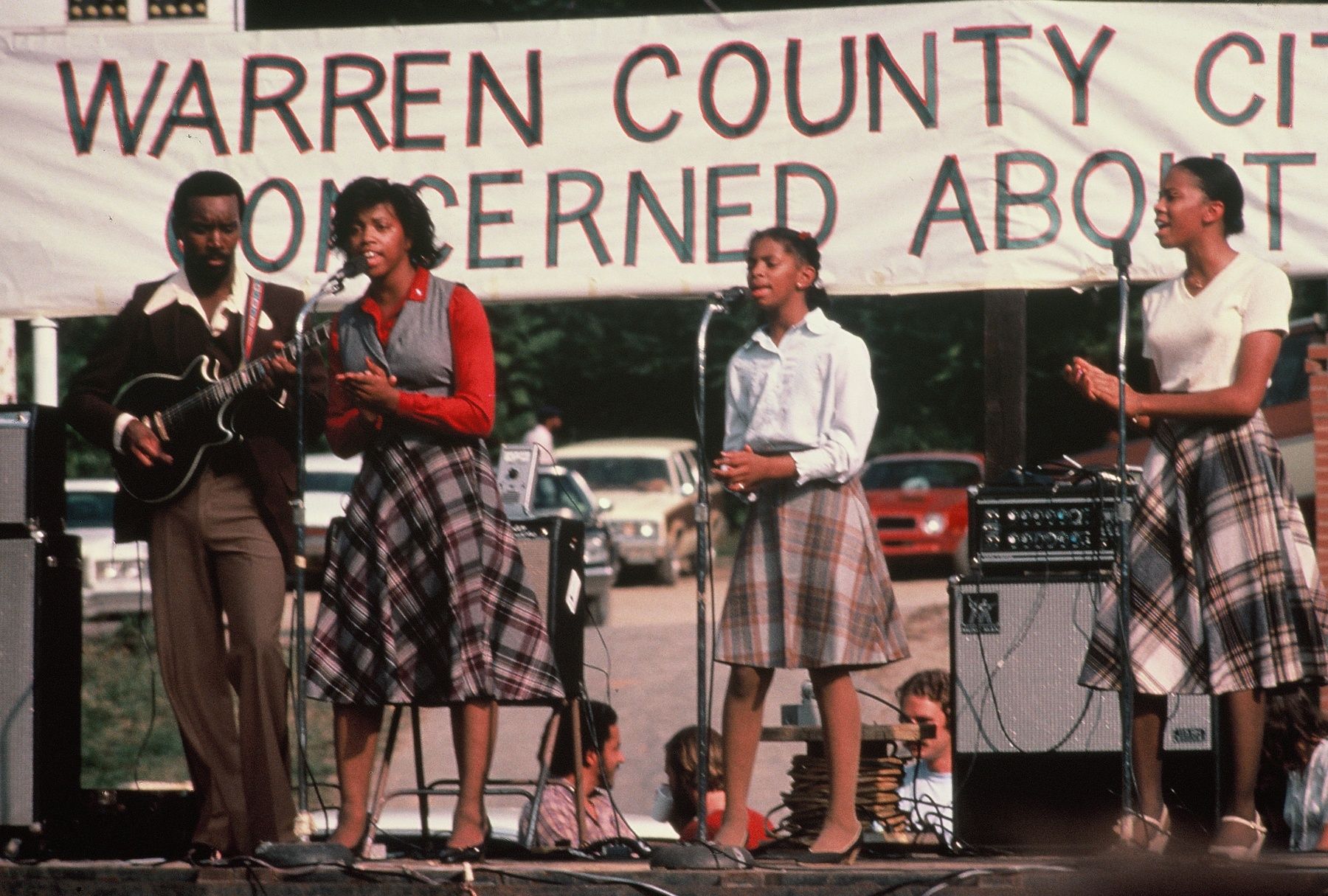
In this podcast, “Living Downstream Visits the Birthplace of Environmental Justice,” you heard about the intersection of environmentalism and social justice when a grassroots coalition formed to resist the decision in 1978 by the state of North Carolina. Their plan to dump toxic materials in Warren County was not erased, but was significantly scaled back because of neighbors’ activism.
For listeners who want to know more about global instances of environmental justice, the trend in waste site locations, environmental racism, the organization Working Landscapes and other subjects discussed in this podcast, we provide additional links below.
[Image: Anti-PCB demonstration 1982. Credit: Mac Shaffer]
Environmental Justice, a project funded by the European Union, maps global environmental justice conflicts and provides scientific papers based on the Environmental Justice Atlas, a database maintained by the project. EJAtlas is an interactive map of 2,816 reported cases of environmental justice conflicts around the world. This database was created as a resource for teaching, networking and advocacy. This map includes the PCB contamination in Warren County as one of its locations.
A private company dumped its waste Polychlorinated Biphenyls (PCBs) in Warren County. But what are PCBs? What are the adverse health effects of PCBs? Journalist Joe O’Connell says by the late 1970s, the darker side of PCBs was revealed. Researchers linked PCBs to a slew of negative health effects and the EPA banned their production altogether. The EPA provides information about PCBs including what they are, how they’re used and what their health effects are.
This podcast emphasizes the increase in environmental consciousness following the Warren County environmental justice movement. However, another major point is the centuries long history of exploitation in this wealthy county built on the backs of slaves. It is no coincidence that Afton, a small, rural African American community in Warren County, was chosen as a waste disposal location. In fact, researchers at the University of Michigan have found that income and race are major factors in choosing hazardous waste sites. The Nation also discusses environmental racism, providing a graphic and discussing this trend in the context of Flint’s water crisis.
Growing gardens that are accessible to low-income families, Working Landscapes brings social equity to Warren County. The nonprofit organization uses farming to boost the county’s economy and keep the people and the environment healthy. Read more about how Working Landscapes works to rebuild a food system in the birthplace of environmental justice.A quick guide to the resources linked on this page:
- Environmental Justice maps global environmental justice conflicts
- View the interactive map of 2,816 reported cases of environmental justice conflicts around the world
- View a map of the PCB contamination in Warren County
- EPA provides information about PCBs
- University of Michigan discovers that income and race are major factors in choosing hazardous waste sites
- The Nation discusses environmental racism
- Visit the website of nonprofit Working Landscapes
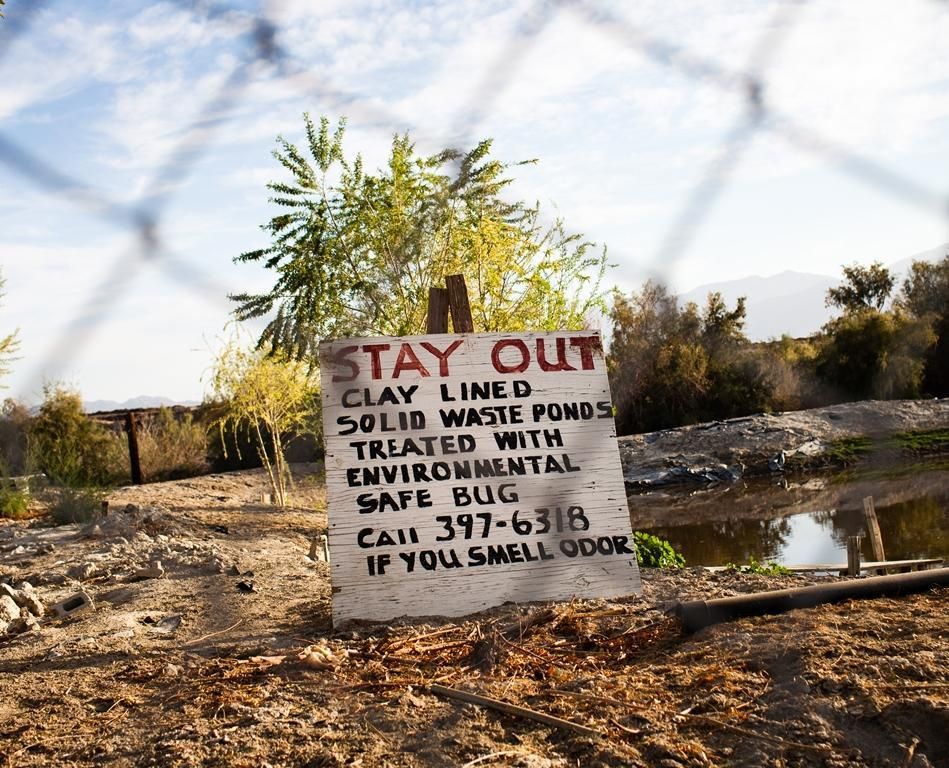 In this podcast, “Trailer Park Activists of Coachella Valley Fight for Health,” you heard about the plight of Eastern Coachella Valley trailer park residents who face health issues because they live close to pesticide-laden fields and illegal dumps, live in overcrowded mobile home parks and a lack of access to safe drinking water, electricity, proper sanitation and green spaces.
In this podcast, “Trailer Park Activists of Coachella Valley Fight for Health,” you heard about the plight of Eastern Coachella Valley trailer park residents who face health issues because they live close to pesticide-laden fields and illegal dumps, live in overcrowded mobile home parks and a lack of access to safe drinking water, electricity, proper sanitation and green spaces.
However, rising education rates and promotores (community-based health activists and educators) bring hope to this region. In addition, organizations like Pueblo Unido work to build sustainable communities in the Eastern Coachella Valley. For more information about the demographics in Coachella Valley, the studies conducted by California institutions, promotores and Pueblo Unido, we have provided additional links below.
[Image: A hand-written sign warns Duroville mobile home park residents in Thermal, California, to stay away from a waste pond on the neighboring property. (Credit: Roberto (Bear) Guerra, 2010)]
In this podcast, journalist Ruxandra Guidi says researchers found that income inequality has everything to do with the fact that migrant populations typically face extreme levels of environmental hazards. But what are the disparities in poverty rates in Coachella Valley between different races and ethnicities? How much of Coachella Valley is made up of migrants? The population of Coachella is 97.6% Hispanic or Latino, with 39.3% of its residents born outside of the country, according to Data USA, a database of public U.S. government data displayed comprehensively through charts and statistics. Data USA also breaks down many other statistics about the economy, health, diversity, education, housing and living in Coachella.
Journalist Ruxandra Guidi also writes more about specific promotores in Eastern Coachella Valley, like Griselda Barrera and Eduardo Guevara, and the work of Pueblo Unido in Eastern Coachella Valley for High Country News.
Pueblo Unido, the organization in Eastern Coachella Valley creating a healthier and more sustainable model for a mobile park community, has several projects underway including its Rural Infrastructure Program, Rural Habitat initiative, CDC Community Driven Model and more which the organization discusses in depth on its website.
Promotores help their communities as community organizers, doctors and nurses, advising on ways to improve the system and helping researchers assess the quality of life. However, promotores are not only making a difference in Eastern Coachella Valley. The Center for Well-Being in Santa Rosa, Calif. also created a program built around Promotores de Salud to foster community leaders who will encourage healthier environments in local communities. In addition, Planned Parenthood created its own Promotores de Salud programs in Los Angeles, supporting its Latino community.
In this podcast, Guidi says more and more young people who grew up in the mobile home parks of Eastern Coachella Valley are going to college. Desert Sun provides an article discussing the correlation between education and the economy and the efforts of Coachella districts to support students’ learning. According to the article, Coachella has seen increased education levels with 32 percent of students graduating from high school in 2000 compared to nearly half of students graduating from high school in 2014.
University of California, Davis is one of several institutions creating ongoing assessments of the local quality of life in Eastern Coachella Valley. The UC Davis Center for Regional Change provides a summary of their study about the environmental hazards in Eastern Coachella Valley as well as the full report of its findings.
A quick guide to the resources linked on this page:
- A database of public U.S. government data about Coachella Valley
- Read about promotores in Eastern Coachella Valley
- Visit the webiste of Pueblo Unido
- Read about the Center for Well-Being in Santa Rosa, Calif. program Promotores de Salud
- Planned Parenthood's website for its own Promotores de Salud programs
- Desert Sun provides an article discussing the correlation between education and the economy
- UC Davis study about the environmental hazards in the Eastern Coachella Valley
- A PDF of the full UC Davis report
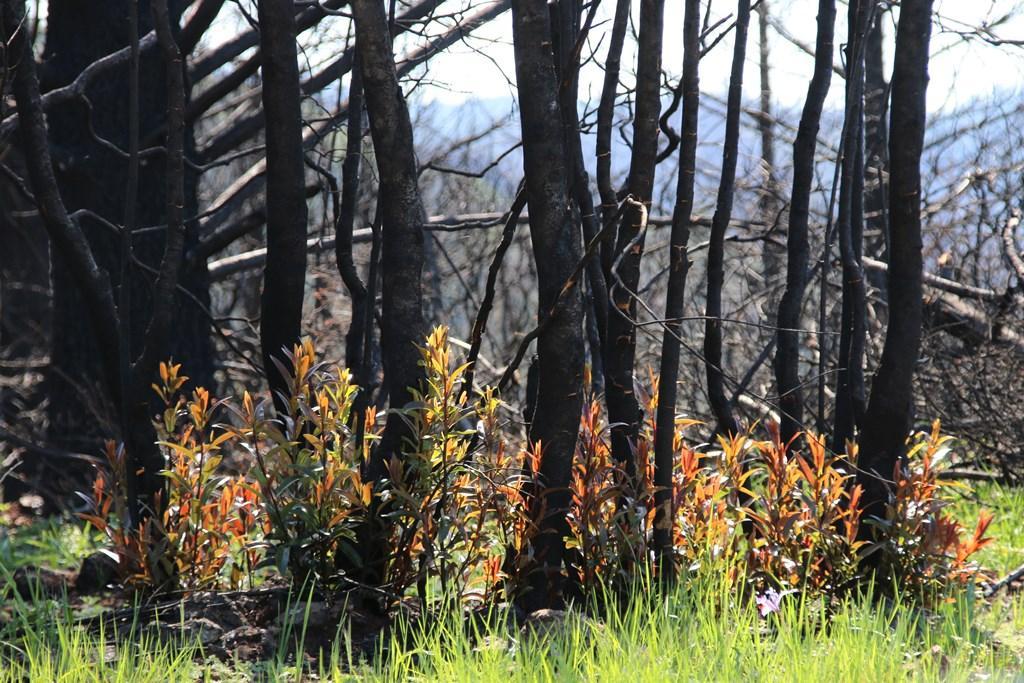 In this podcast, “Firing Forests to Save Them: Could Native Traditions Save Lives?,” you heard about the value of Native American traditions like conducting controlled burns to lessen the severity of larger fires, clear habitat for animals, manage invasive weeds and keep local basket-making traditions alive. Want to know more about how controlled burns are conducted, and why they aren’t standard operating procedure everywhere? We’ve got some answers.
In this podcast, “Firing Forests to Save Them: Could Native Traditions Save Lives?,” you heard about the value of Native American traditions like conducting controlled burns to lessen the severity of larger fires, clear habitat for animals, manage invasive weeds and keep local basket-making traditions alive. Want to know more about how controlled burns are conducted, and why they aren’t standard operating procedure everywhere? We’ve got some answers.
Also, learn more about the father of modern environmentalism John Muir and learn about other issues discussed in this podcast below.
How do controlled prescribed burns work? What does a prescribed burn look like? Iowa State University answers these questions in a video where firefighters conduct a prescribed burn operation. In the video, firefighters explain the elements needed to safely and properly conduct a controlled burn, the tools used, how the burns are lit and how they’re put out.
[Image: From fire comes new plant life at Pepperwood Preserve.]
Clint McKay, an Indigenous Californian and citizen of the Dry Creek Band of Pomo, has been trying to teach non-native people that some fire is a good thing. But since controlled burns are such a good thing, why aren’t they used more? Extensive federal guidelines require that proper weather conditions be met, and that there are enough available crews to fight the fire should it get out of control. Fire officials must also receive permission from air regulators so they’re not adding to unsafe air quality, according to KQED Science.
KQED Science discusses these limiting factors of prescribed burns as well as plans to increase prescribed fires in California, where wildfires have ravaged communities.
McKay’s sentiment that humans are part of the land and shouldn’t just be leaving it alone is a contrast to the “leave the land alone” philosophy dating back to John Muir. Muir, considered the father of modern environmentalism, was raised as a Christian and his philosophy stems from the spiritual connection he saw between God and nature, according to an article by Santa Clara University. The article discusses the life, accomplishments and influence of John Muir.
To read more about the basket-weaving traditions critical to native culture, Harvey Mudd College discusses the Hupa and Yurok basketry process and designs. The Hupa, Yurok, Karuk, Wintu and other northwestern California Native tribal members live in the coastal mountains between Eureka and Crescent city.
In this podcast, journalist Allison Herrera takes you to Redwood Canyon and Pepperwood Preserve. Before the Tubbs fire in 2017, controlled burns were planned for certain areas of Pepperwood Preserve. Pepperwood has a Native Advisory Council that works with local tribal elders, including Clint McKay, and learns from their nature management practices.
A quick guide to the resources linked on this page:
- Firefighters conduct a prescribed burn operation
- KQED Science discusses the limiting factors of prescribed burns
- Read about the life, accomplishments and influence of John Muir
- Harvey Mudd College discusses the Hupa and Yurok basketry process and designs
- Read about Pepperwood's Native Advisory Council
- Visit the website of Pepperwood Preserve
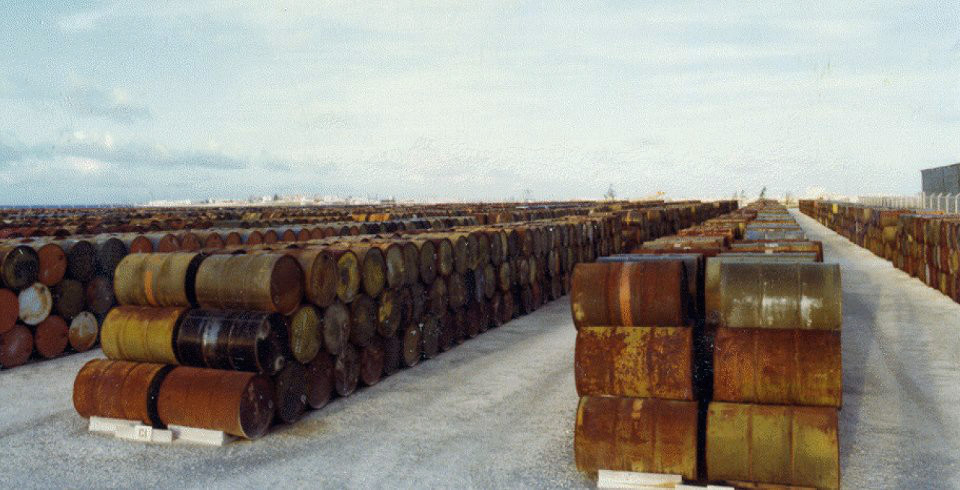 In this podcast, “Forgotten Civilians of Eglin Air Force Base,” you heard about the lasting effects of Agent Orange and other chemicals used during the Vietnam War on civilians involved in testing herbicides at the Eglin Air Force Base in Florida , and their families. If you’re interested in learning more about Agent Orange, including the toxicity and health effects of the chemical, the continuing effects in Vietnam and other aspects discussed in this podcast, we have provided additional links.
In this podcast, “Forgotten Civilians of Eglin Air Force Base,” you heard about the lasting effects of Agent Orange and other chemicals used during the Vietnam War on civilians involved in testing herbicides at the Eglin Air Force Base in Florida , and their families. If you’re interested in learning more about Agent Orange, including the toxicity and health effects of the chemical, the continuing effects in Vietnam and other aspects discussed in this podcast, we have provided additional links.
Agent Orange was meant to save American lives by clearing jungle and forests where enemy soldiers could hide. Ironically, it created extensive health problems for millions of American veterans and their children exposed. The herbicides were used to flush out Vietnamese soldiers from their hiding sites in forests and to destroy their crops.
[Image: Barrels of Agent Orange on Johnston Atoll, 1976. Source: Wikimedia]
The Aspen Institute describes the danger of dioxin (a chemical component in Agent Orange), the associated health problems of dioxin and how dioxin has expanded into bodies of water and the human food chain, exposing more and more people to its toxicity. The U.S. Department of Veterans Affairs also provides a list of veterans’ diseases associated with Agent Orange.
More than 40 years later, Agent Orange, also known by its operation code-name Ranch Hand, continues to affect 2.8 million veterans who went to Vietnam, as well as many veterans who never stepped foot in Vietnam, according to a New York Times article. The article discusses the Ranch Hand operation’s slogan which riffed on forest-fire mascot Smokey Bear (Only YOU Can Prevent Forests!), the naming of the herbicide and the continued use of dangerous chemicals until 1971 despite evidence of adverse health effects. The article also provides a comprehensive video describing the use, objections, remaining effects and cleanup of Agent Orange.
To read more about Kerry Ryan, the daughter of veteran Mike Ryan, who was born with a number of birth defects, ProPublica reports the Ryans’ story as well as stories of other families and controversial government decisions about veterans affected by the toxins of Agent Orange. ProPublica is a nonprofit news source that uses investigative journalism to reveal wrongdoings of government, business and other institutions. ABC News also shares stories of Vietnam War veterans’ children who deal with a number of health issues because of the use of Agent Orange years earlier.
For more information about the effects of Agent Orange in Vietnam and the U.S. cleanup of the contamination in Vietnam, global non-profit media company Public Radio International (PRI) writes about these issues. In addition, PRI discusses how current tensions with China have pushed the U.S. and Vietnam closer together. One illustration of that improved relationship is a joint effort to clean up areas still poisoned by Agent Orange.
A quick guide to the resources linked on this page:
- Aspen Institute discusses danger of dioxin
- List of veterans' diseases associated with Agent Orange
- New York Times discusses Ranch Hand
- ProPublica writes about Kerry Ryan, victim of Agent Orange
- ABC News shares stories of Vietnam War veterans' children
- Effects of Agent Orange in Vietnam
 Resources for 'Seeking Justice: On Repeat, In Every Language, Unceasingly'
Resources for 'Seeking Justice: On Repeat, In Every Language, Unceasingly'
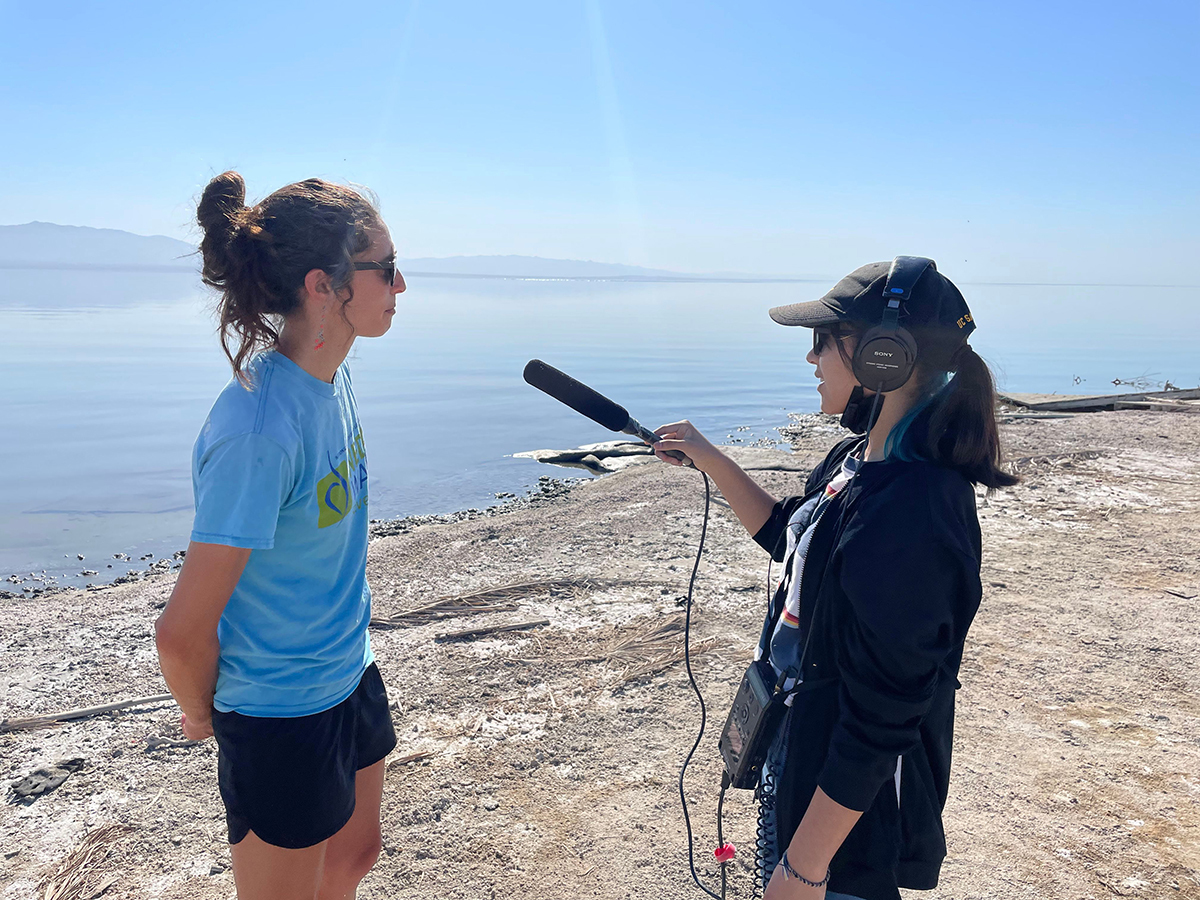 Resources for 'The Sea Next Door'
Resources for 'The Sea Next Door'
 Resources for 'Health, Wealth and Race in Today's Louisiana'
Resources for 'Health, Wealth and Race in Today's Louisiana'
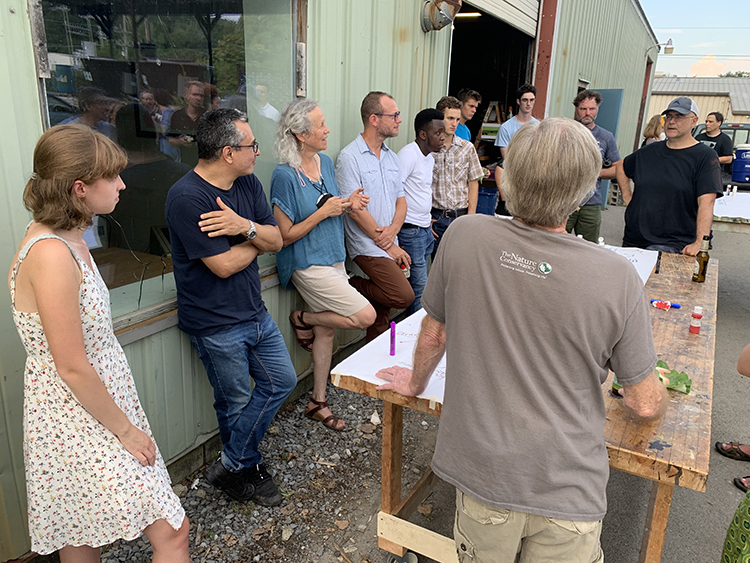 Resources for 'The Little Town That Would Transform the World'
Resources for 'The Little Town That Would Transform the World'
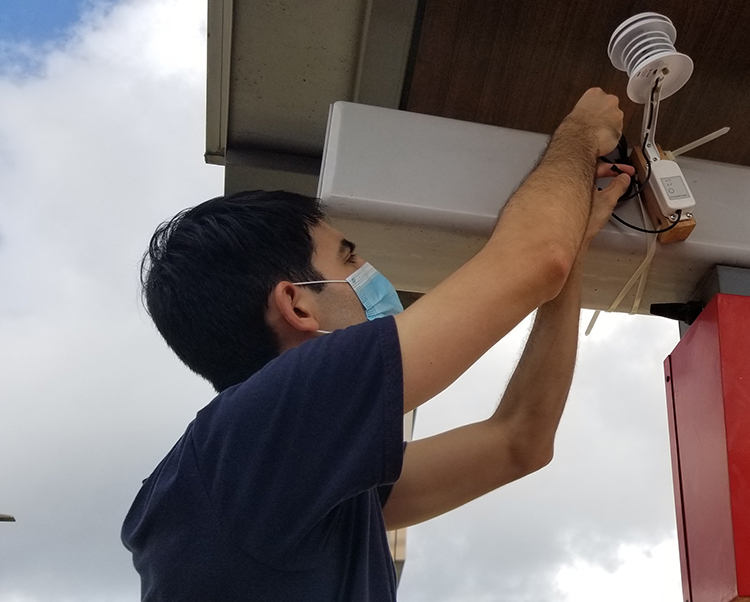 Resources for 'Degrees of Injustice: The Social Inequities of Urban Heat Islands'
Resources for 'Degrees of Injustice: The Social Inequities of Urban Heat Islands'
 Resources for 'Forgotten Civilians of Eglin Air Force Base'
Resources for 'Forgotten Civilians of Eglin Air Force Base'
 Resources for 'Trailer Park Activists of Coachella Valley'
Resources for 'Trailer Park Activists of Coachella Valley'
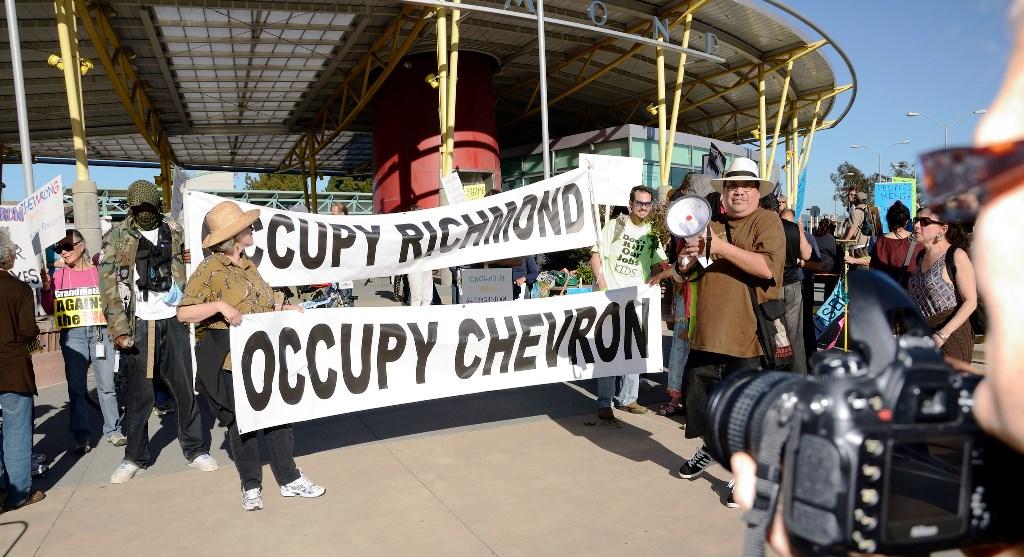 Resources for 'Smackdown: City Hall vs. Big Oil'
Resources for 'Smackdown: City Hall vs. Big Oil'
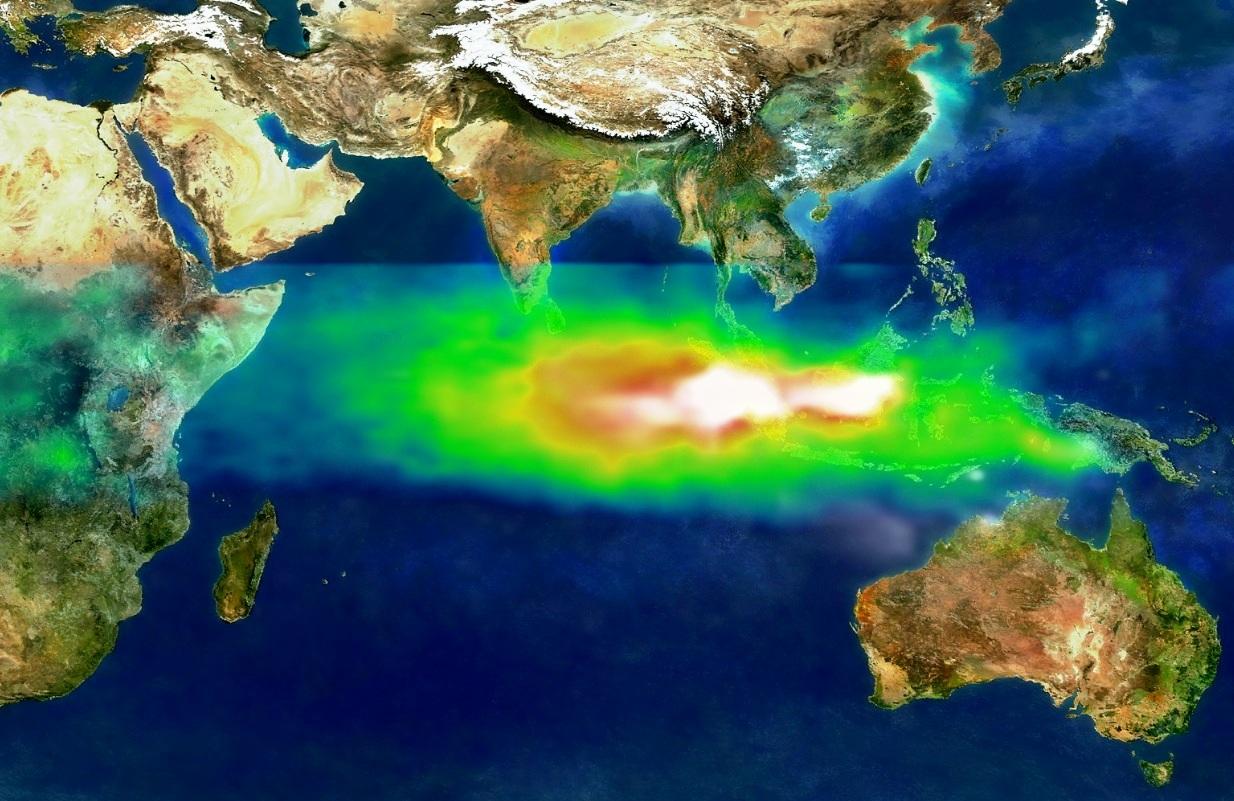 Resources for 'Fire and Rain: Living Downstream Reports from Borneo'
Resources for 'Fire and Rain: Living Downstream Reports from Borneo'
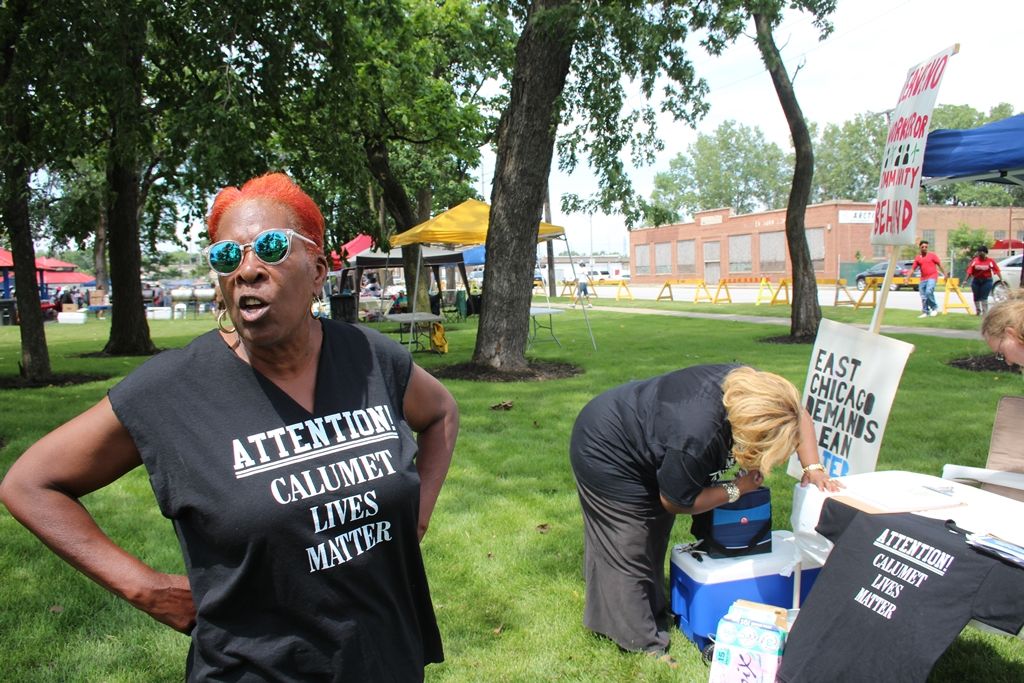
Resources for 'Living with Lead: Public Housing on a Superfund Site'
Resources for 'The Klamath Water Wars'
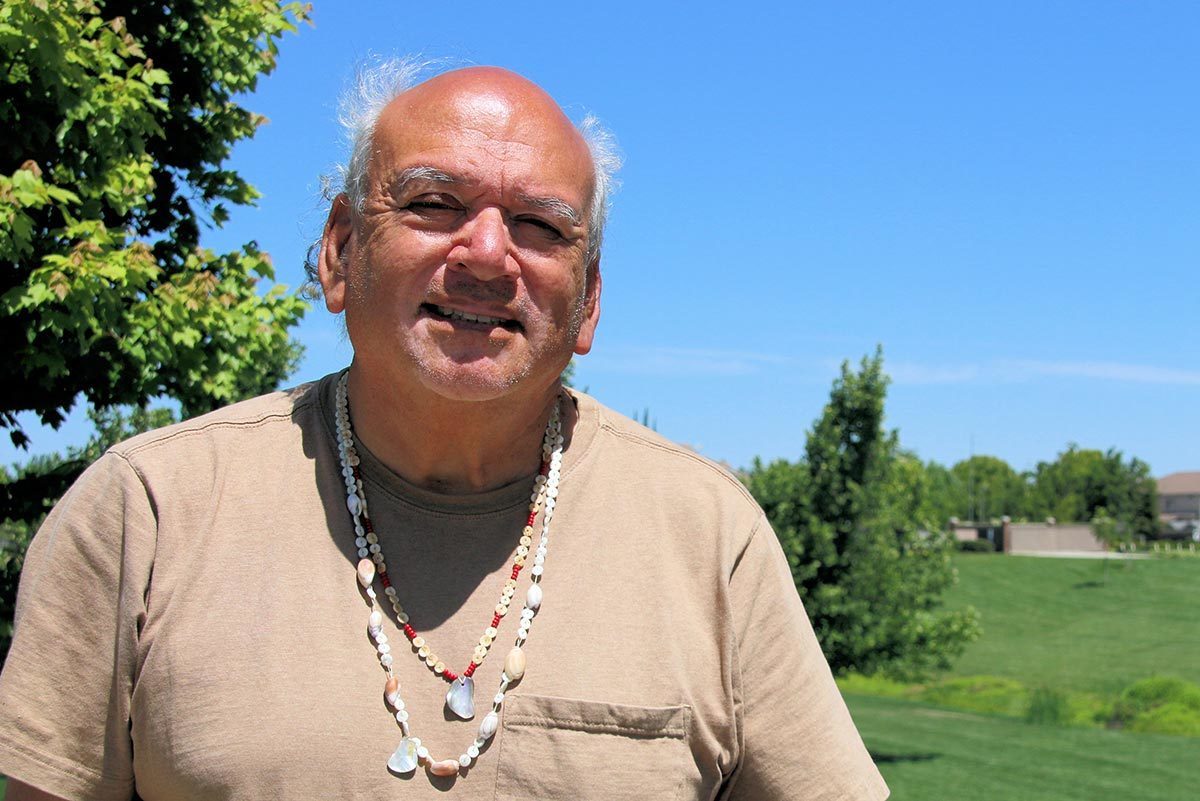
Resources for 'Environmental Justice for Non-Recognized Tribes'
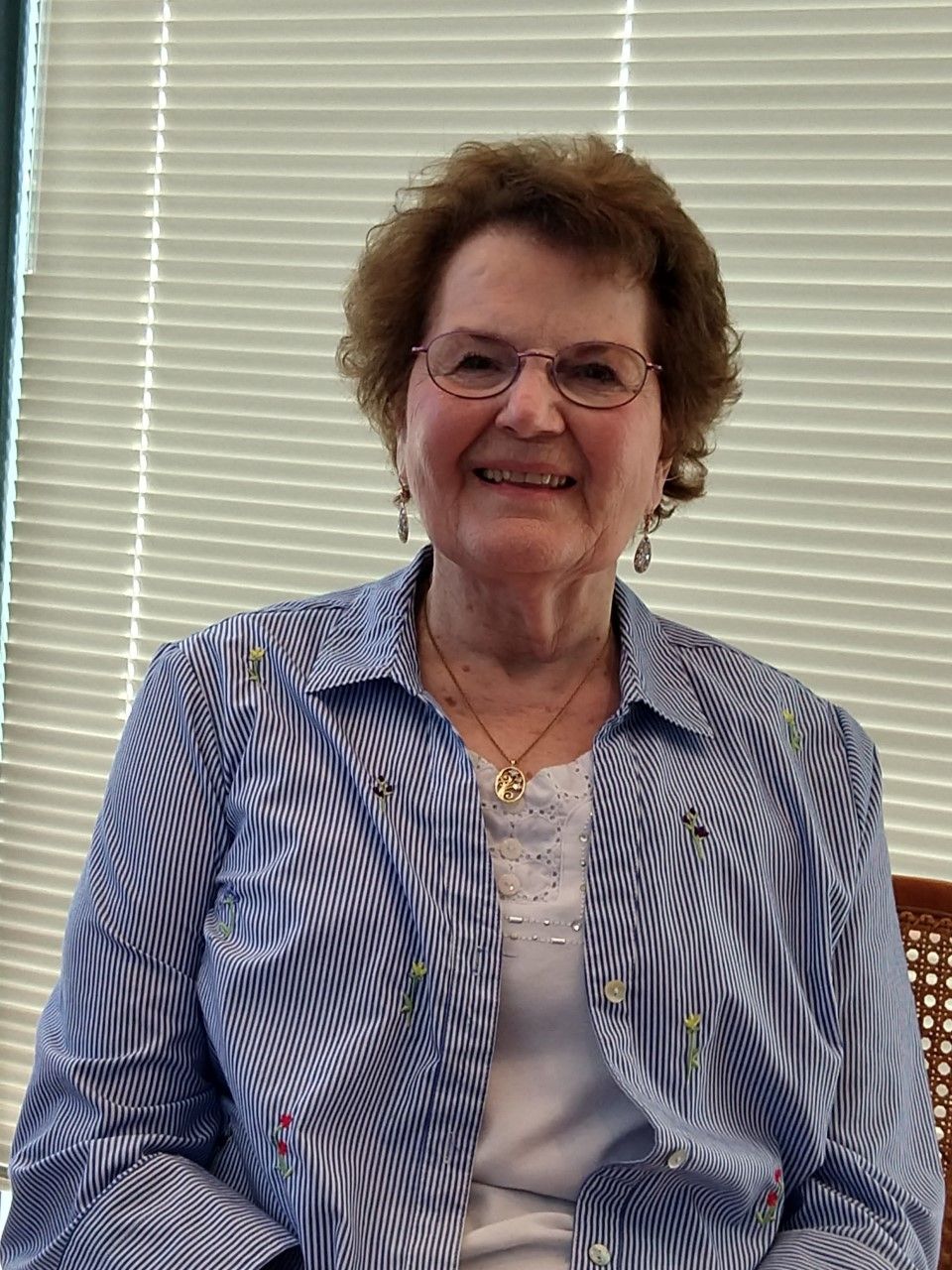
Resources for ''Living Downstream' Exposes Agent Orange Plight in Florida'

 Live Radio
Live Radio
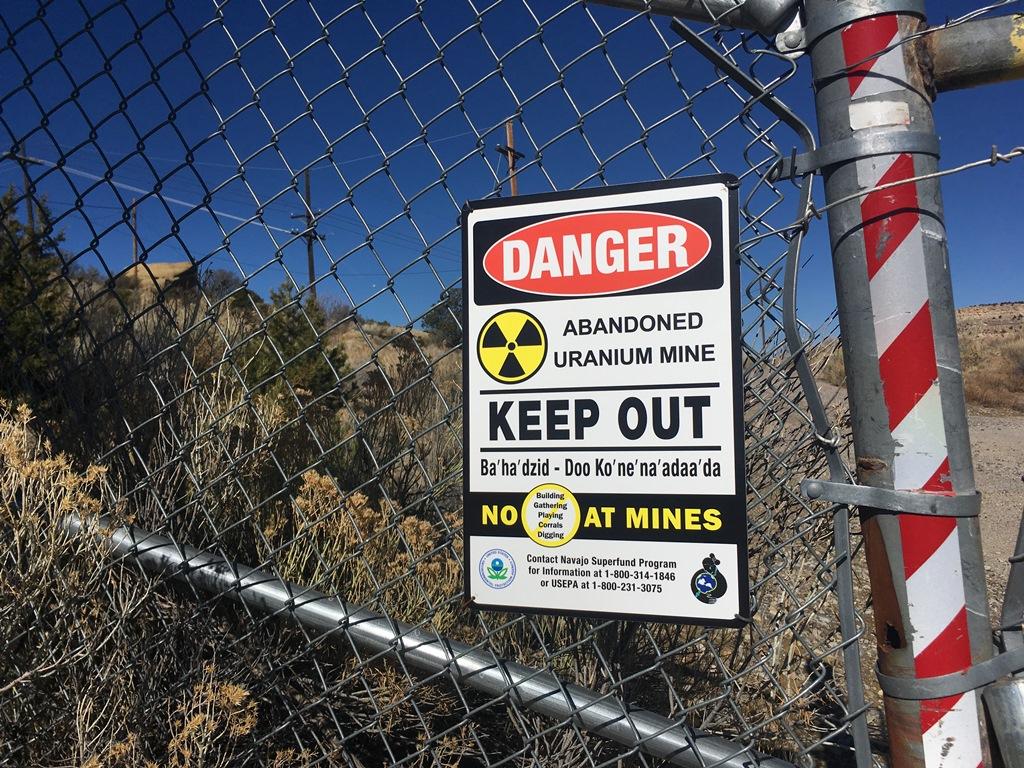 Resources for 'Uranium: Toxic Legacy at Red Water Pond Road'
Resources for 'Uranium: Toxic Legacy at Red Water Pond Road'